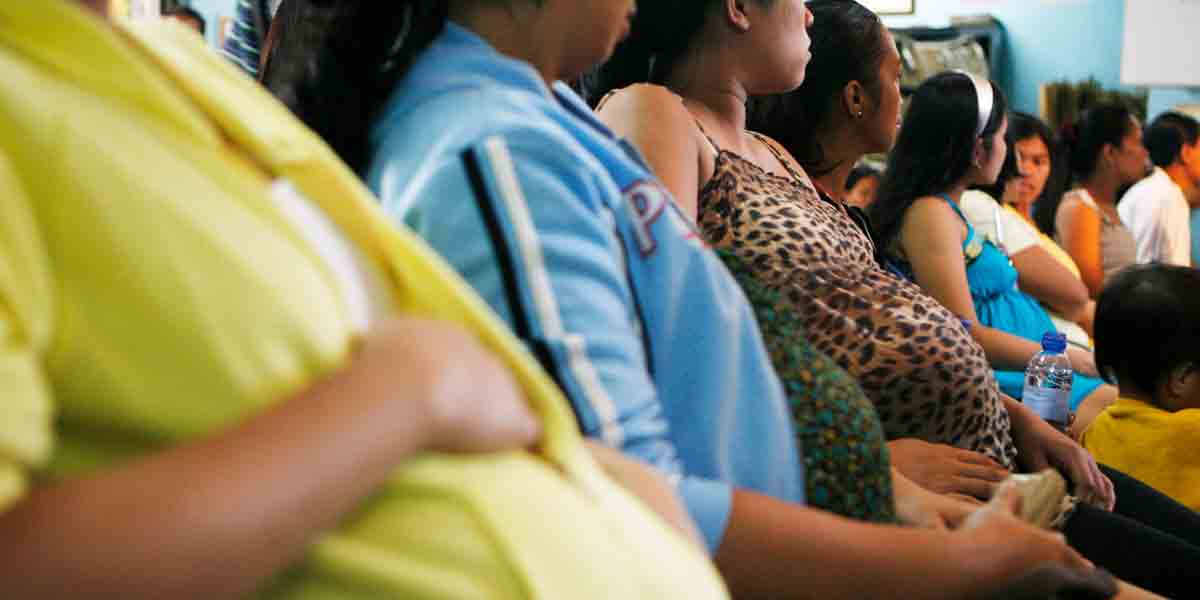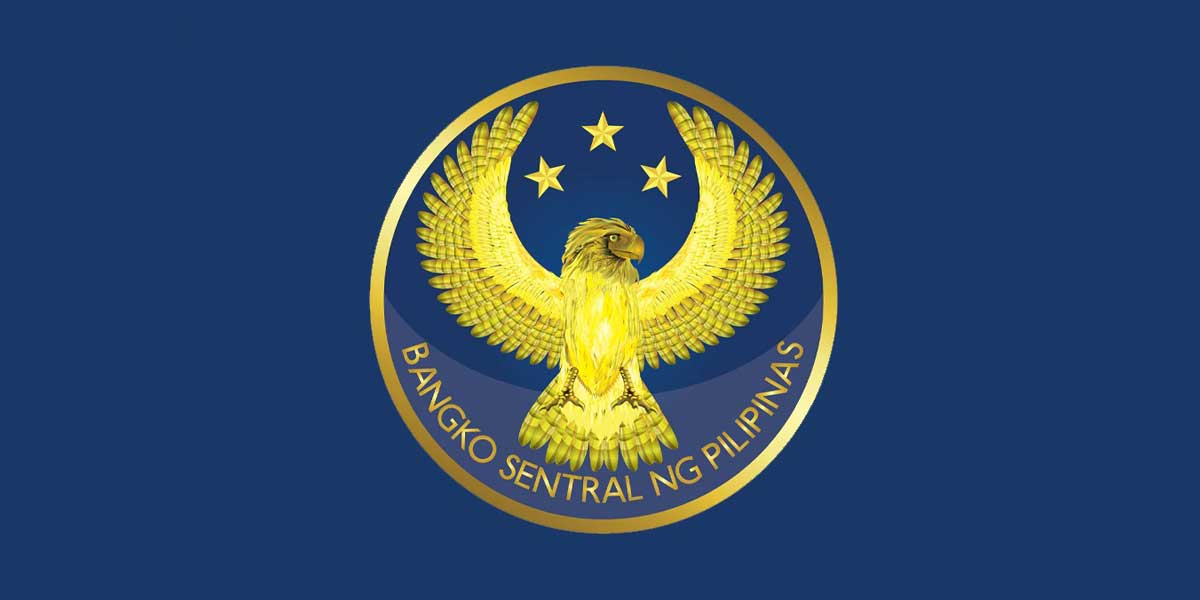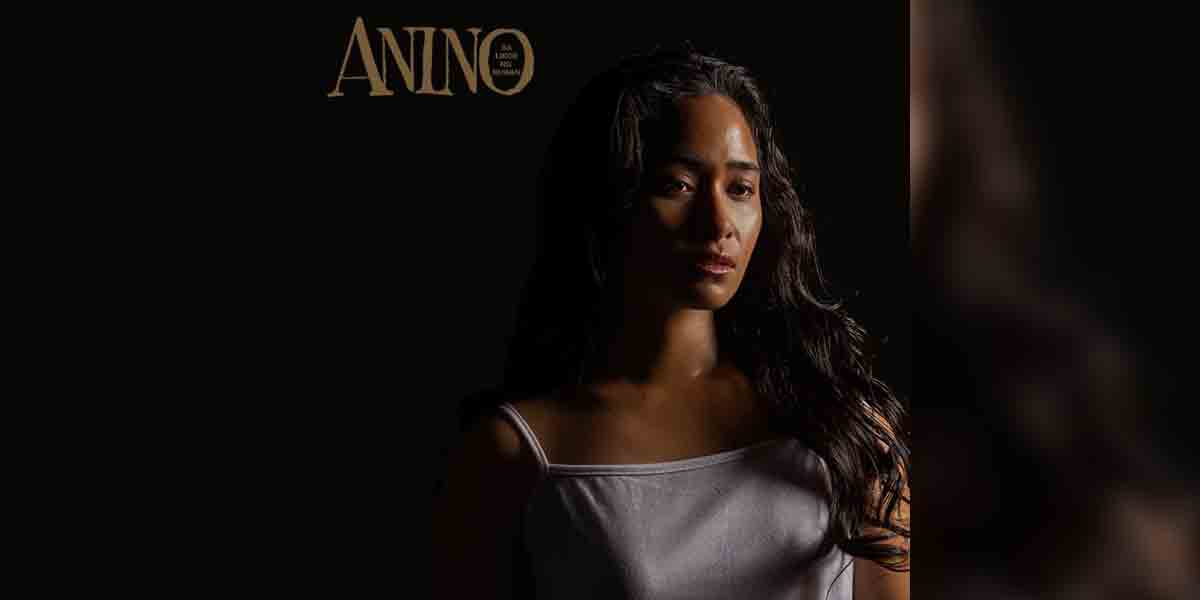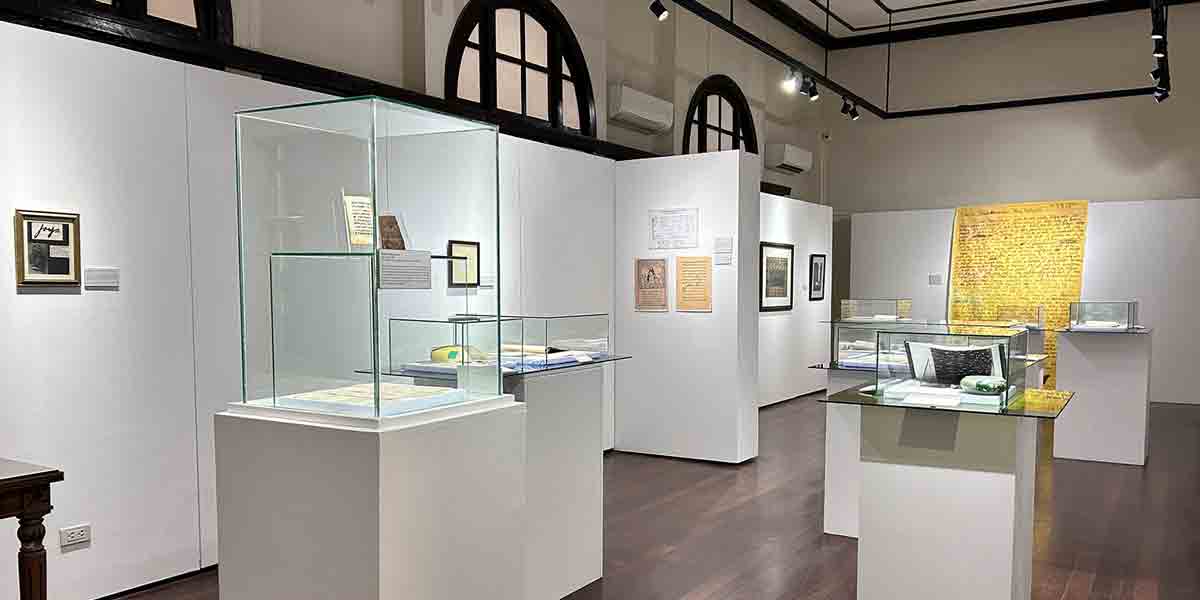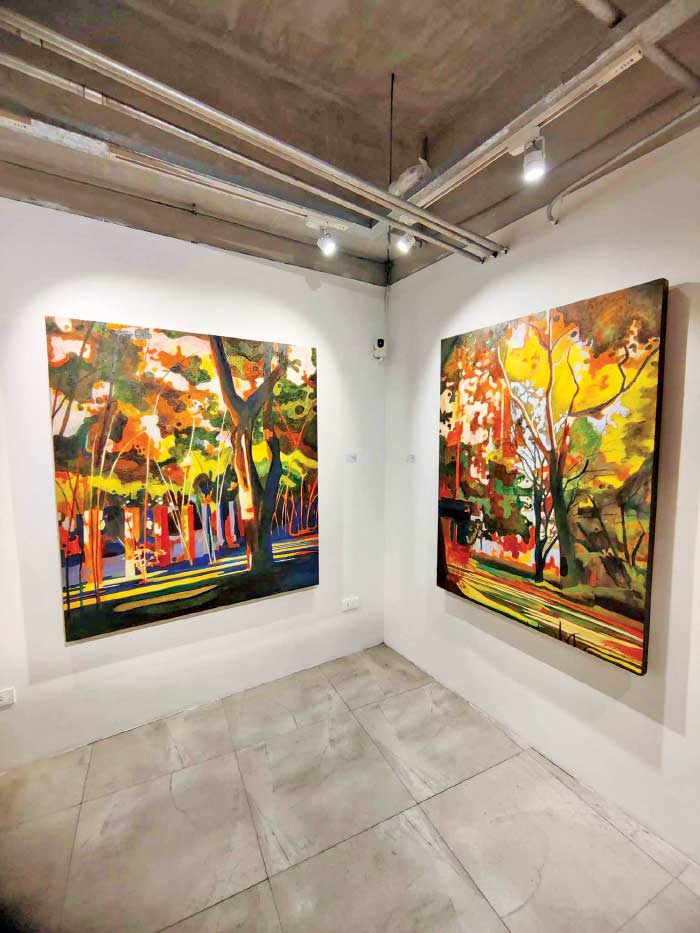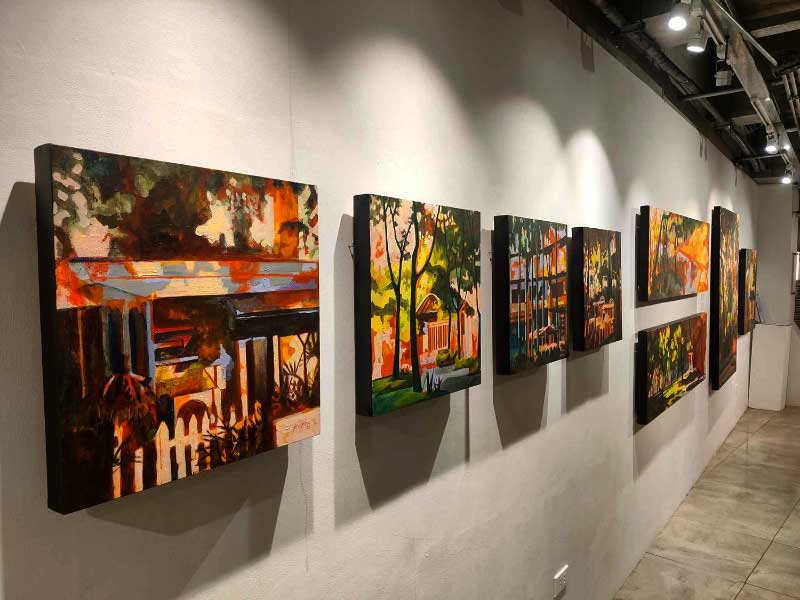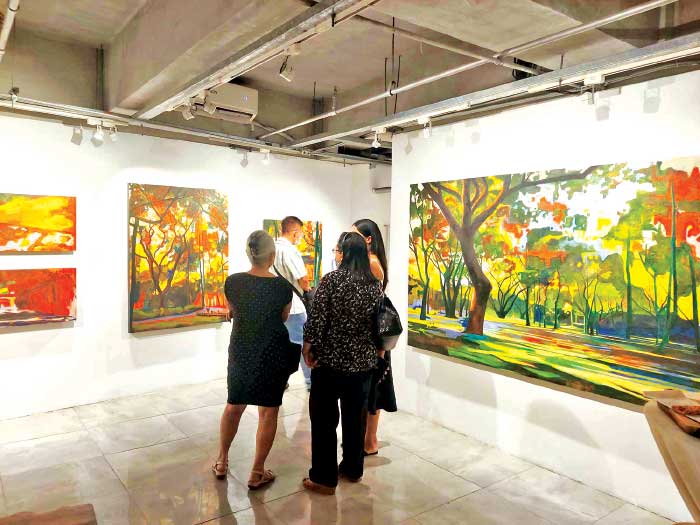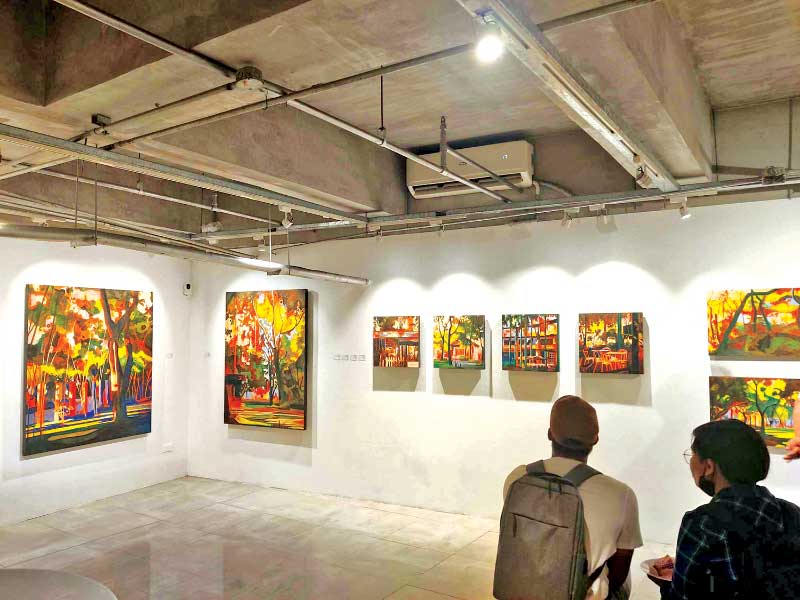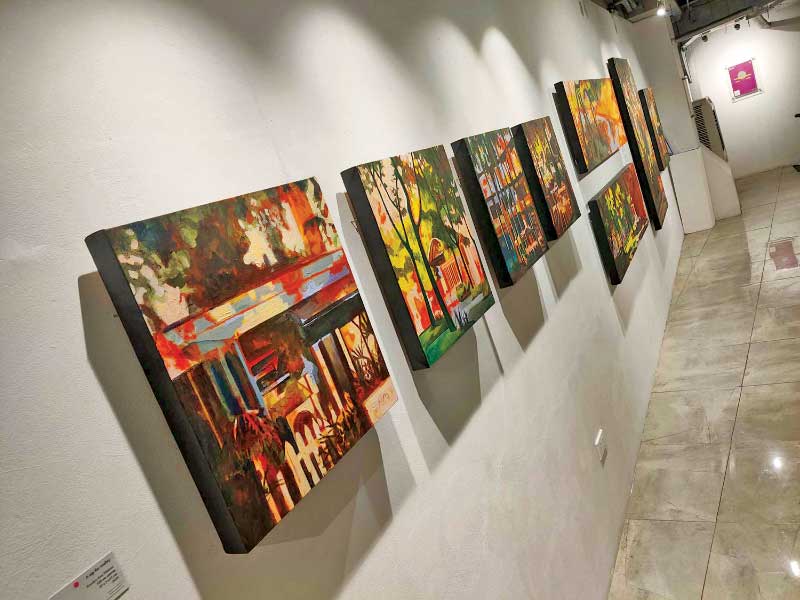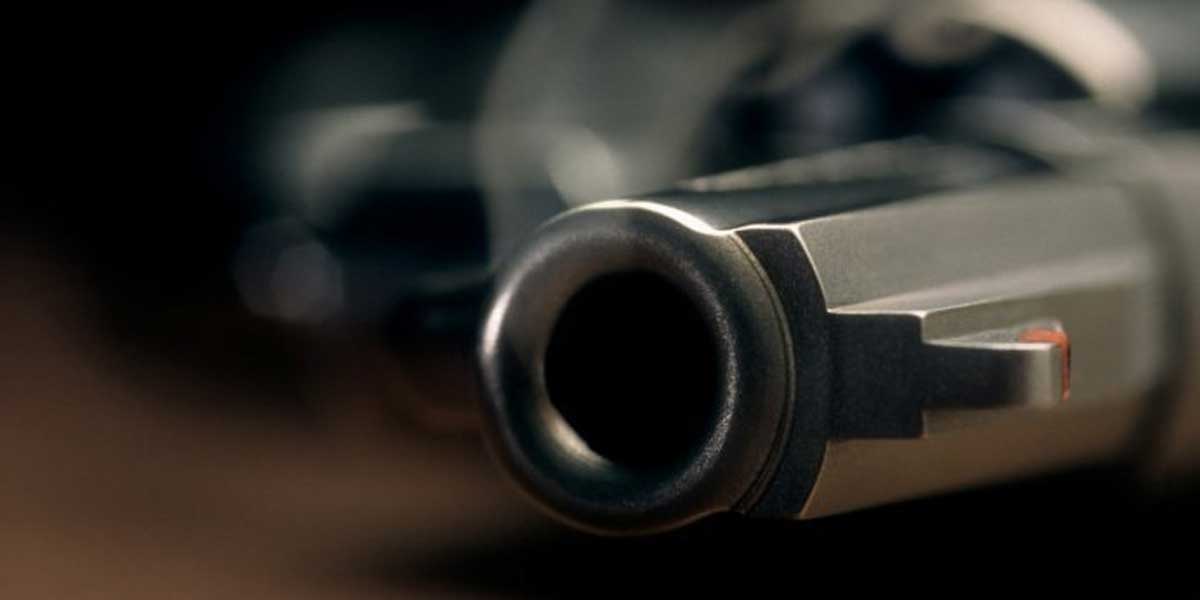By John Anthony S. Estolloso
The colors in her canvases do not coalesce; they simply overlap with each other. The hues used are generally analogous yet sharply consonant and contoured, almost as if they were painted by numbers. The scenes portrayed are surreal yet at the same time, so familiar and homely.
To a figurative extent, Katelyn Miñoso’s art is at two places at once.
Go up the loft of MAMUSA one of these days and you will encounter her artworks: sprawling yet confined scenes and spaces splotched with shades of green, yellow, and scarlet crisscrossed with darker shadows and lines, giving the viewer an impression of dream-like panoramas cut brusquely by the limits of the frameless canvas. The paint protrudes in some places, recalling the works of the early Impressionists: seemingly congealed swathes of pigment that endow the scenery with a three-dimensional depth that makes it visually palpable yet unreal simultaneously.
If the intention of the collection of artworks is to give the audience a redefinition of what landscapes may look like – at least in the mind’s eye of the artist – then it was able to do so through Janus-faced, rose-colored glasses. Not that it questions or doubts the realities that surrounded the artist but rather heightens the dualities with which she sees them: on the far end of the spectrum of the familiar are the actual places which become inspiration and model to the making of the art and on the converse, would be the translation of these into stylized projections that emphasize a certain wildness in the rendering.
Asked about what influenced her art, Miñoso admits openly to being inspired by Fauvism, the French avant-garde movement that pushed further the limits of modern art by looking back to the radical basics. Deriving its moniker from the group of artists who called themselves les Fauves – roughly translated as ‘the beasts’ – their artworks exuded a particular bold vibrance that defied the artistic conventions of their times, even in that aesthetically liberal atmosphere that welcomed reluctantly the modern and the revolutionary.
Personally, these avant-garde tendencies were early explorations for the artist and though fostered mostly during the pandemic years, they surface time and again in her subdued though loud choice of palette. Conversations about a possible parallel to the early canvases of Georges Braque surfaced among the appreciators of her work but there is certainly more relevant subtlety and elegance found in the arboreal and urban depictions of her art.
Glancing back to this contemporaneity of the present exhibit, Miñoso’s art still retains hints of this Fauvist boldness and vibrance, catapulting these nuances to our own contexts. In her nature scenes and confined cityscapes, there is a relatable exuberance hidden beneath the paint that paradoxically captures a seriousness intimating on the solitude of the artist at work. And if we look for more of these paradoxes that somehow reverberate the title of the exhibit, one needs but to look at the simple finesse and candid personality of the artist compared to the brash colors and profuse strokes dominating her canvases.
In principle, contrasts in art set the groundwork for emphasis – whether these are specific elements within the frame or themes that are made to surface, deliberately or otherwise, for the viewer to read from the artwork. In a certain sense, it compels the art’s audience to contemplate these juxtaposed details, that is, to be figuratively at two places at once.
Collectively, Katelyn Miñoso’s exhibition of contrasts disturbs – but in the most ambient and comfortable sense of that word. As such, we look forward to her next collection of juxtapositions.
[The writer is the Subject Area Coordinator for Social Studies in one of the private schools in the city. The photos are from Johanz Mercurio and are used with his permission.]

